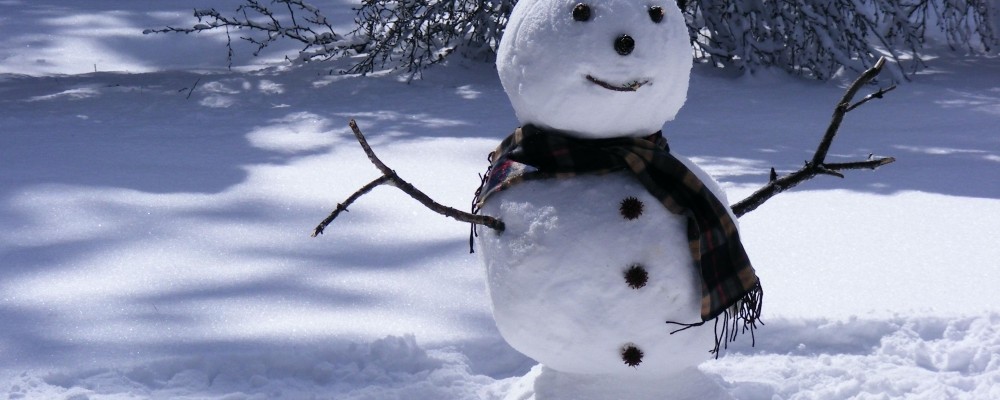I grew up in a warm country, and always fantasized about the snow. It seemed magical, romantic, beautiful, and the ultimate state of calm. As a child, snow represented the world that is outside of my small country. A world that is vast and exciting, where white flakes fill the air in wintertime and people sit by the fireplace and watch them out the window. I did not have a chance to see a single flake of snow until I was 30, when I moved to New York, already a young father of a toddler.The first time it snowed after we had moved, my wife and I were so excited that we both could barely breathe. The snow was even more beautiful than we had imagined it to be. We sat in our house and looked out the window at the slowly-whitening road, and lit the fireplace in our small living room, just like in the American movies we used to watch as children.
But then, when the snow ceased to fall and stayed on the ground, we realized that it needs to be shoveled. Outside, standing in our steep driveway, the ground was slippery and the snow melted into our shoes getting our socks wet. All of a sudden, it was not that romantic anymore. We also realized that we would have to repeat this drill fairly often. From a practical perspective there was nothing great about the whole thing. The weight of the snow on the limbs of the trees made us worried that the trees would fall. We had to buy salt in advance so that the driveway does not get icy. Remember to drag the garbage cans at the curb instead of leaving it next to the garage. As you beautiful as it was, the snow became a major inconvenience and was a disruption to the things that had to get done.
Over time we started complaining about it more, sometimes even dreading it, but our two year old daughter never ceased to love the snow, and she still does today, fourteen years later. For her, and for our two boys, snow always remained something magical and a great source of joy. Instead of shovels and rock-salt, they remember snow for snow angles, snowmen, snowball fights, sliding down the driveway, and of course – “snow days” off from school. Two years ago we left New York and moved back to Tel Aviv, and now our kids miss the snow, reminisce, and talk about it.
It’s all a matter of perspective, and the adult, practical perspective, sometimes even cynical, misses out on opportunities to experience such sheer joy. Out of all positive emotions, joy is the most exuberant one. In psychology, emotions are typically mapped onto a two dimensional plane where the x-axis is valence (sad to happy) and the y axis is arousal (calm to elated, depressed to angry) [1]. In this model the emotion of joy fits in the far right upper corner – it is both extremely positive and extremely activating. Children express joy frequently because they possess the quality of zest that gradually dwindles with age.
Joy comes naturally when you appreciate the good things about things that happen to you. There’s joy to be found in almost everything: from spiritual and religious experiences, through The Joy of Sex to the joy of the snow. And one can always regain the ability to find joy in the simplest things. A few days ago, a rare snow storm hit Israel. The small village of Dalyat El Carmel in the north of the country was getting the first snow storm in over 50 years. In a radio interview, the mayor of the village sounded like a little child, waiting to participate in snow fights and to lay on his back and make snow angles. When asked how the village is preparing and about the potential dangers of the coming storm, he just kept saying how eagerly he is waiting for it to come. The tone of his voice reminded me of that childlike enthusiasm of my kids. It was pure joy.
I started writing this post in flight, on the way to New York. The plane arrived in Newark International Airport at the peak of a snowstorm. I looked out the window, all bummed out about the weather, and then realized I have a choice to make – the choice of joy. I can choose to make adult complaints or to greet the snow with the enthusiasm of a toddler.
Writing these lines now, a few days later, I am sitting in a coffee shop in Brooklyn listening to a playlist of 80s music, looking out the window at the icy snow, and my heart is bursting with Joy. The past few dyas have been cold and white, and I am still not a big fan of it. But choosing the choice of joy made my visit to New York a whole lot more fun. Joy to the world!
[1] Posner, J., Russell, J. A., & Peterson, B. S. (2005). The circumplex model of affect: An integrative approach to affective neuroscience, cognitive development, and psychopathology. Development and psychopathology, 17(03), 715-734.


